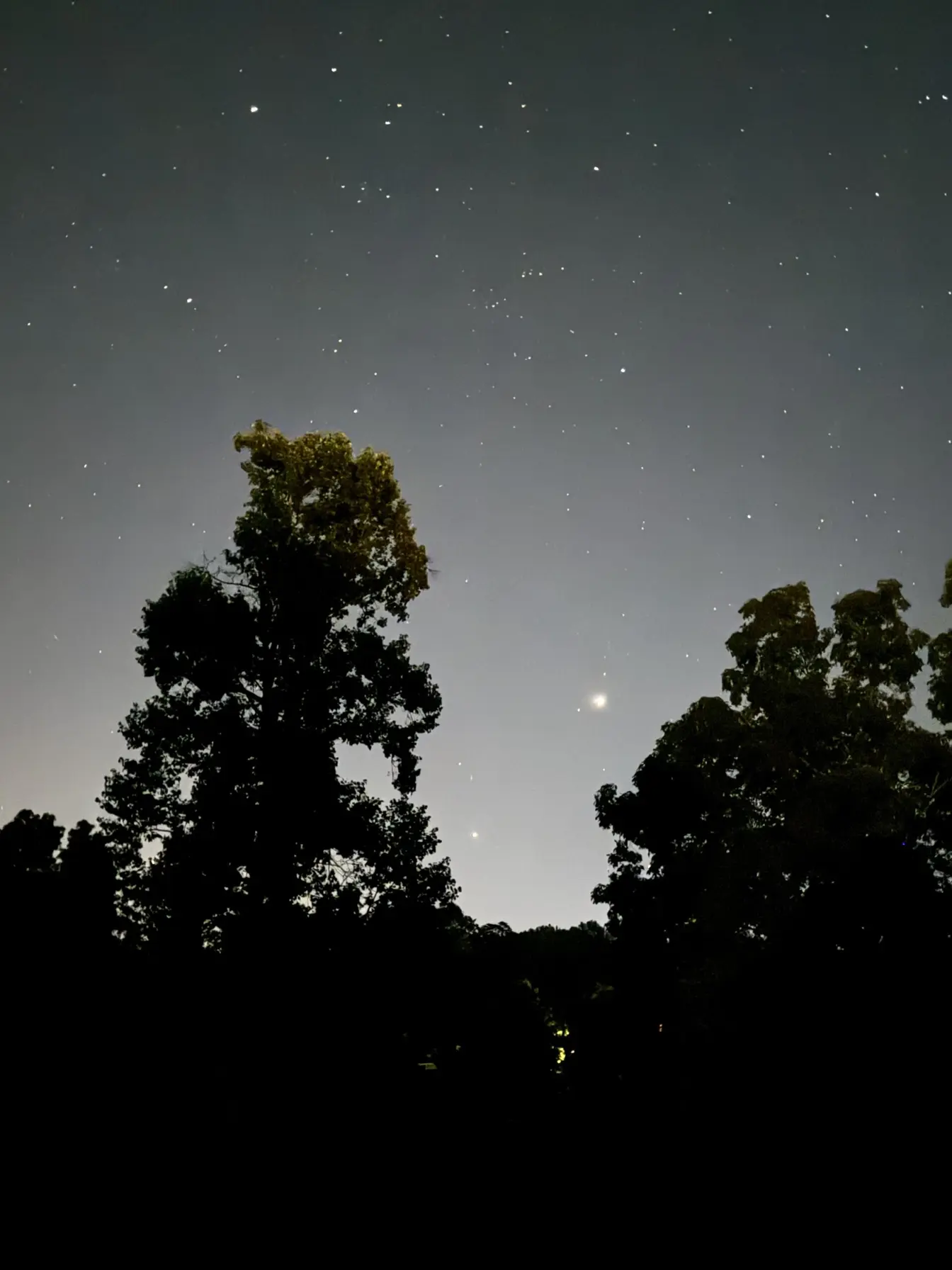T4K3.news
Perseids and planetary sighting
Venus and Jupiter align as the Perseids peak this week. Look up after midnight in a dark sky to catch both events.
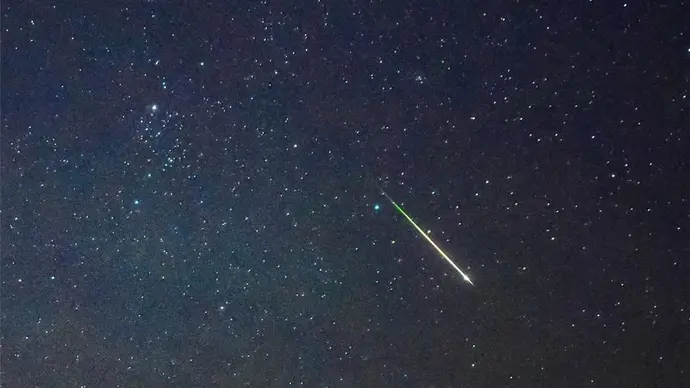
Moon brightness dims the Perseids while Venus and Jupiter create a bright sky sight.
Venus and Jupiter align as Perseids peak this week
Summer's Perseids meteor shower peaks in the pre dawn hours this Wednesday, but a bright Moon will dim the display. The shower comes from debris left by comet Swift-Tuttle and can produce between 60 to 100 meteors per hour under dark skies. With the Moon at about 84 percent full at the peak, observers may see roughly 10 to 20 meteors per hour.
At the same time Venus and Jupiter will converge in the sky, overlapping like a bright star and adding a secondary spectacle. For the best view, find a dark spot away from city lights and allow your eyes time to adjust. The viewing window is in the early predawn hours and the shower runs through August 23.
Key Takeaways
"Under dark skies with no Moon the Perseids can produce between 60 to 100 meteors per hour"
LaCoursiere on meteor rates
"This year I am actually recommending that people go out a little bit later a week past the peak when the Moon will not be as bright"
LaCoursiere guidance
"The Perseids are an incredible meteor shower"
Expert characterization
"You do not need special equipment to see the meteor showers"
Viewing guidance
The combination of a major meteor shower with a planetary pairing offers a chance to engage a wide audience in science. The Moon brightness and other light sources remind readers that the night sky is partly hidden by light pollution. The article suggests practical tips that do not require special gear, reflecting a walkway to inclusive sky watching.
Timing matters in public science outreach. By advising observers to wait after the peak when the Moon dims, the piece promotes patience and a better experience. The risk is that cloudy nights or weather can still dampen excitement, so clear guidance helps maintain interest through the season.
Highlights
- Go out a little later to catch a dimmer sky
- Under dark skies the Perseids can produce between 60 to 100 meteors per hour
- The Perseids are an incredible meteor shower
- You do not need special equipment to see the meteor showers
The night sky remains a shared invitation to curiosity and quiet wonder.
Enjoyed this? Let your friends know!
Related News
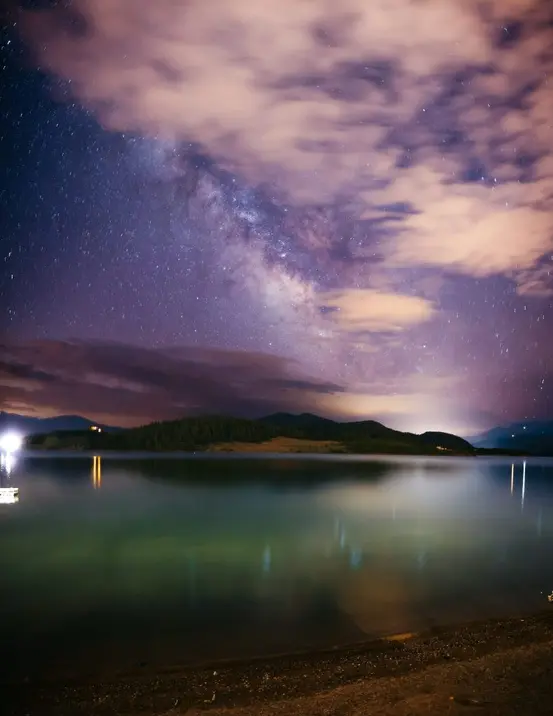
Perseids light up Colorado skies
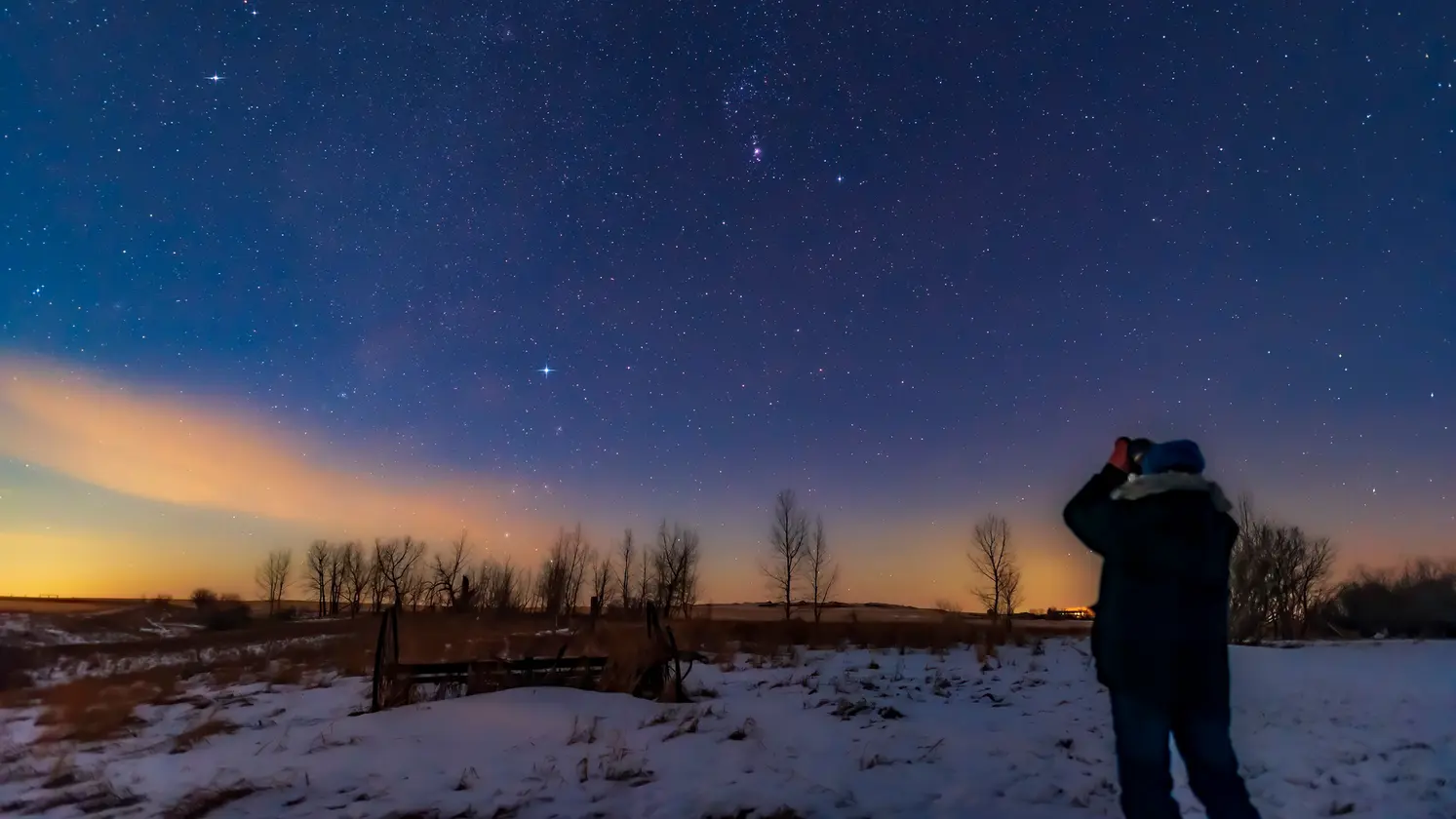
Best celestial sights for stargazing announced
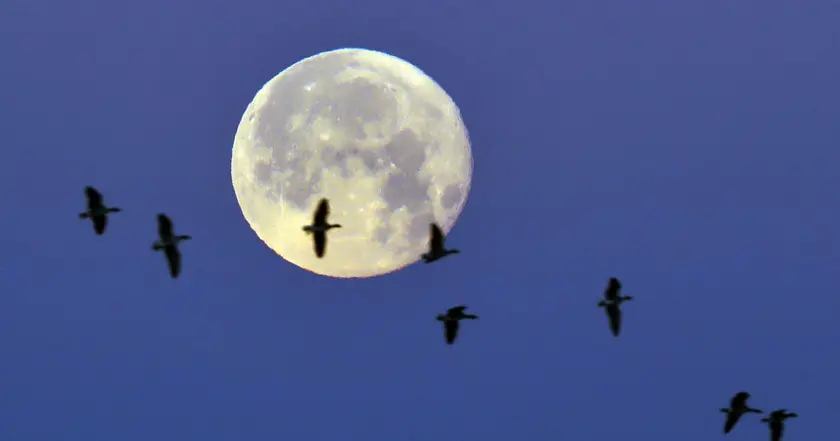
Sturgeon Moon and meteor shower peak this weekend
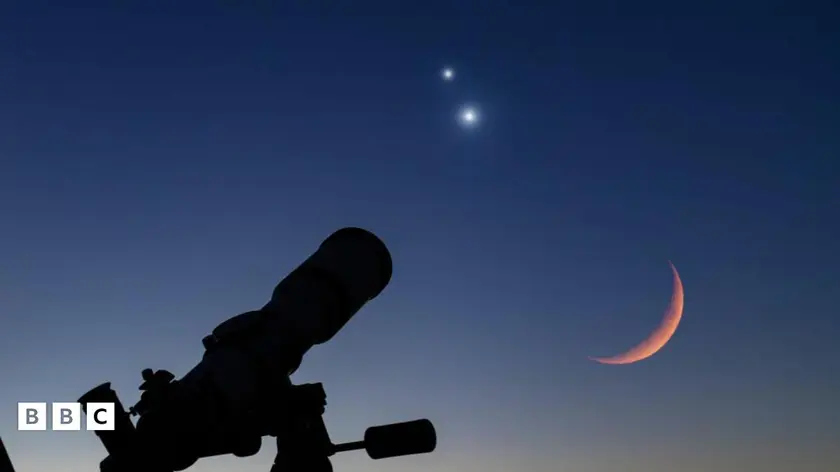
Venus and Jupiter to align on August 12, 2025
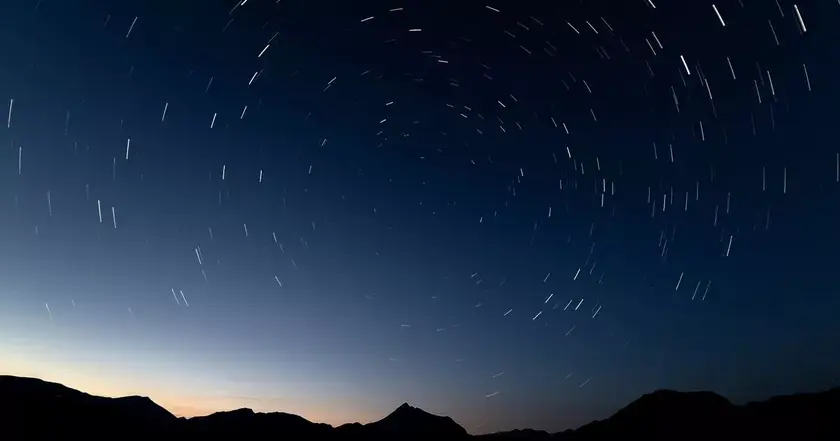
Double meteor shower peaks tonight in the UK
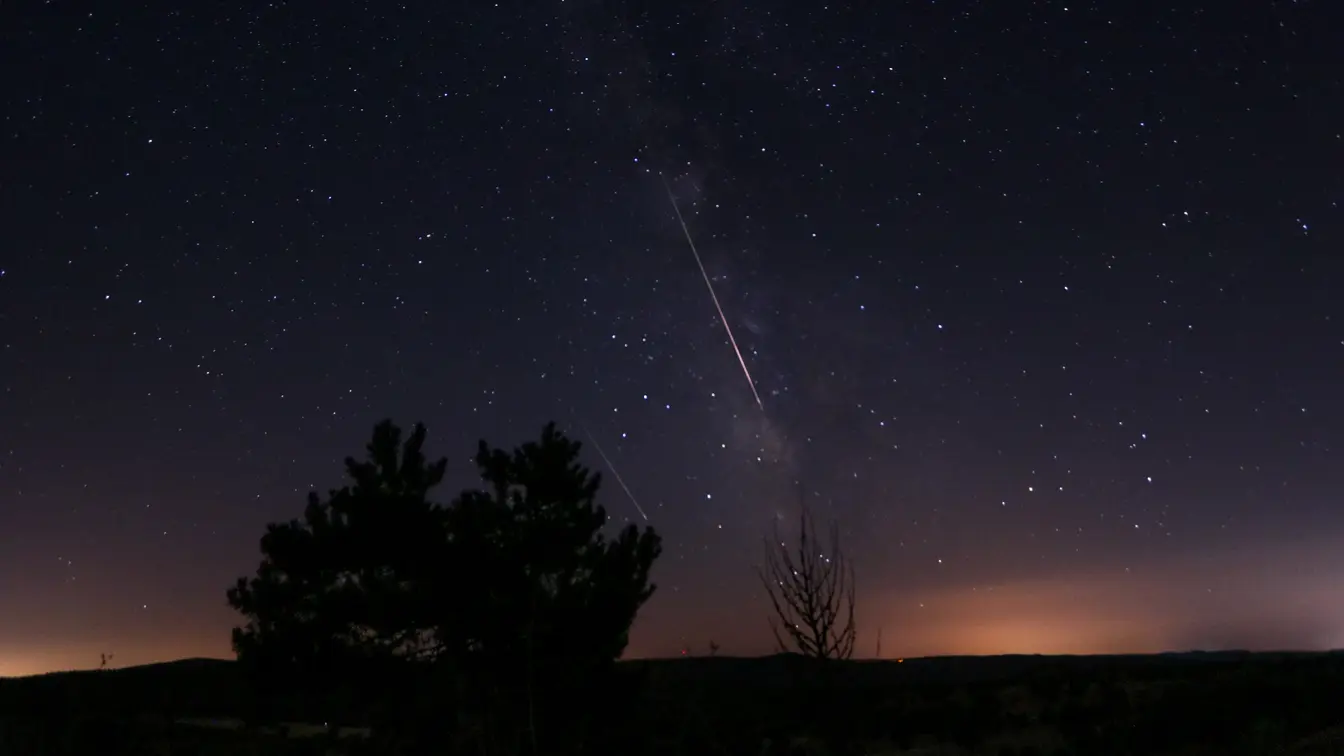
Perseid meteor shower peak
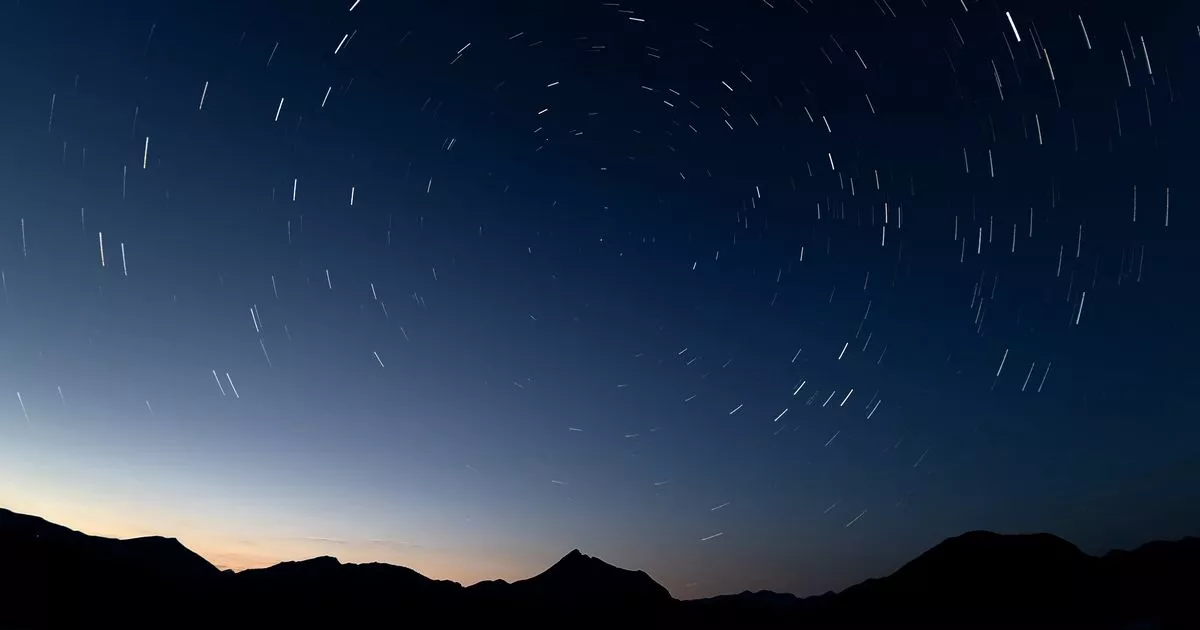
Perseid meteor shower peaks in Scotland

Sturgeon Moon and Perseids visible together in UK
